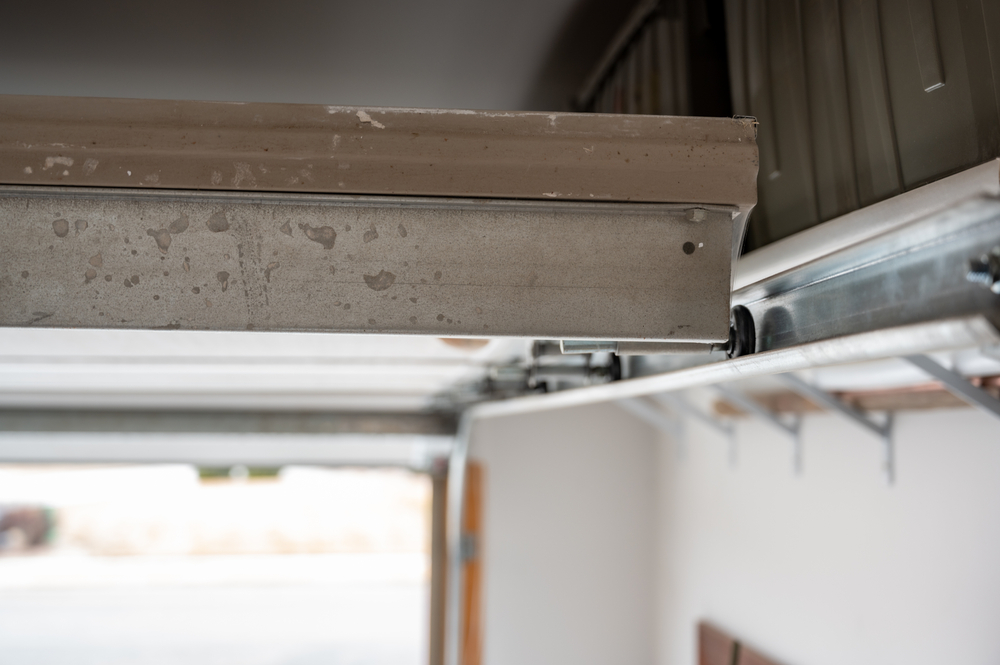
Understanding the Anatomy of Garage Door Tracks: A Comprehensive Guide
Garage doors are an integral part of any home, providing security, convenience, and curb appeal. While the door itself gets a lot of attention, the tracks that guide and support it are equally essential but often overlooked. In this comprehensive guide, we will delve into the anatomy of garage door tracks, exploring the different types, how they work, and why they are crucial for the smooth operation of your garage door.
Types of Garage Door Tracks
Garage door tracks come in various configurations to accommodate different types of doors and operating mechanisms. The two most common types of garage door tracks are the vertical track and the horizontal track. Vertical tracks run vertically along the sides of the door opening and guide the door as it moves up and down. Horizontal tracks are typically located near the ceiling and help to support the weight of the door while it is in motion. In addition to the vertical and horizontal tracks, some garage doors also feature curved tracks for doors that retract back into the garage when opened. Understanding the type of tracks your garage door uses is essential for proper maintenance and repair.
How Garage Door Tracks Work
Garage door tracks work in conjunction with other components of the door system to facilitate smooth and efficient operation. The tracks provide a path for the rollers attached to the door panels to move along as the door opens and closes. When the garage door is activated, the rollers glide within the tracks, guiding the door along the designated path. Proper alignment and lubrication of the tracks are crucial for ensuring smooth movement and preventing premature wear and tear. If the tracks become misaligned or damaged, it can hinder the door’s operation and potentially lead to safety hazards. Regular inspection and maintenance of the tracks are essential to keep your garage door operating smoothly and safely.
Importance of Garage Door Tracks
The garage door tracks play a vital role in the overall functionality and performance of your garage door. They help to distribute the weight of the door evenly, reducing strain on the motor and other components of the system. Properly aligned tracks ensure that the door opens and closes smoothly without getting stuck or jammed. Additionally, well-maintained tracks prevent excessive wear on the rollers and hinges, extending the lifespan of the entire garage door system. Neglecting the maintenance of the tracks can result in costly repairs and premature replacements. By understanding the importance of garage door tracks and following proper maintenance practices, you can ensure the long-term durability and efficiency of your garage door.
Common Track Issues and Solutions
Like any other mechanical system, garage door tracks can experience issues over time. Some common problems that may arise with garage door tracks include misalignment, debris buildup, bent or damaged tracks, and loose hardware. Misaligned tracks can cause the door to operate unevenly or get stuck in its tracks. Debris buildup can impede the movement of the rollers and lead to grinding noises or sluggish operation. Bent or damaged tracks can prevent the door from opening or closing properly. Loose hardware, such as bolts and brackets, can cause the tracks to shift out of alignment. Fortunately, many track issues can be resolved with simple adjustments, cleaning, and lubrication. For more severe problems, such as bent or damaged tracks, it’s best to consult a professional garage door technician for repairs or replacements.
Maintaining Garage Door Tracks
Proper maintenance of garage door tracks is essential for ensuring the longevity and performance of your garage door system. Regularly inspect the tracks for any signs of wear, damage, or misalignment. Look for dents, bends, rust, or loose hardware that may impact the operation of the door. Clean the tracks regularly to remove dirt, debris, and obstructions that can hinder the movement of the rollers. Lubricate the tracks with a silicone-based lubricant to reduce friction and ensure smooth operation. Check the track alignment periodically and adjust as needed to keep the door moving smoothly along its path. By staying proactive with track maintenance, you can prevent costly repairs and ensure that your garage door continues to operate effectively for years to come.
Summary
Understanding the anatomy of garage door tracks is essential for maintaining the functionality and efficiency of your garage door system. By knowing the different types of tracks, how they work, the importance of proper track maintenance, common track issues and solutions, and how to maintain garage door tracks, you can ensure that your garage door operates smoothly and safely. Take the time to inspect and maintain your garage door tracks regularly to prevent problems and enjoy reliable performance from your garage door for years to come.
Need Garage Door Repair in Denton, TX?
Denton Overhead Door & Garage Door Repair has been repairing garage doors and openers in Denton, Texas for over 35 years. We are family-owned and operated and service all of Denton and the surrounding counties with 24-hour emergency service. Come and visit us in our showroom right here in Denton. At Denton Overhead Door & Garage Door Repair, we service a variety of brand-name doors, including Amarr Doors, Raynor Doors, Liftmaster-Chamberlin, Pro Door Systems, and more! If you need repair at your home during regular hours, we give free estimates and don’t charge a service call or trip fee! We offer Garage Door repair and replacement for both residential and commercial applications. Call us today!
Categorised in: Spring and Track





